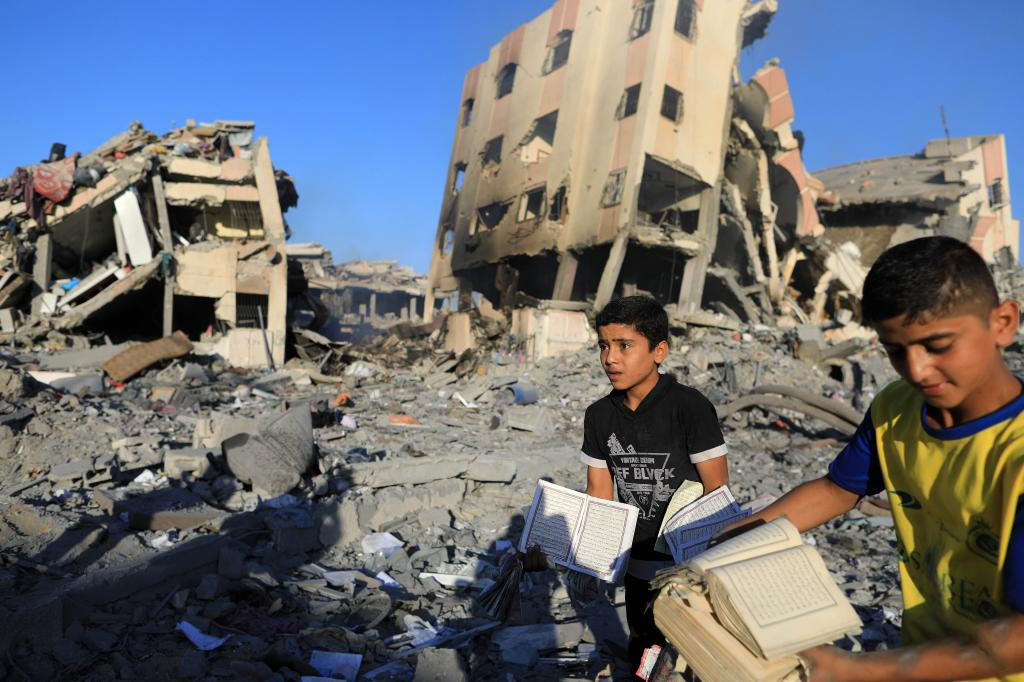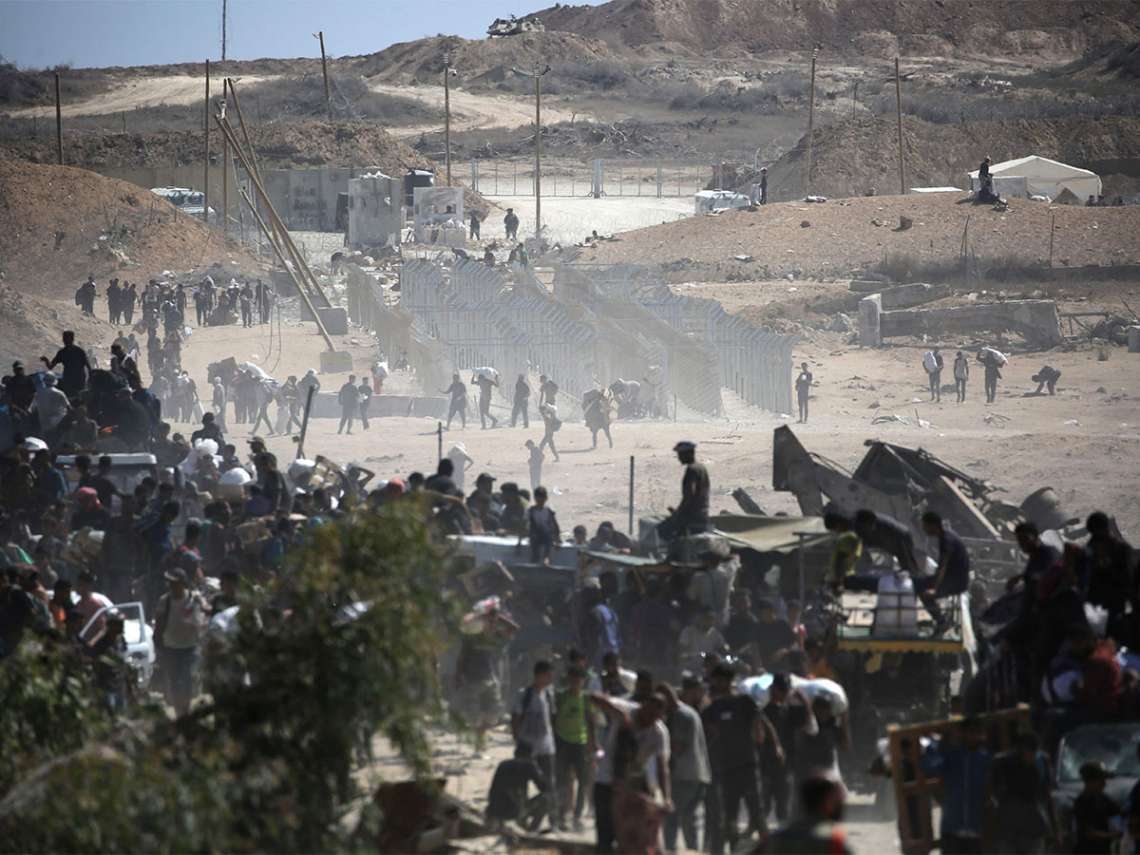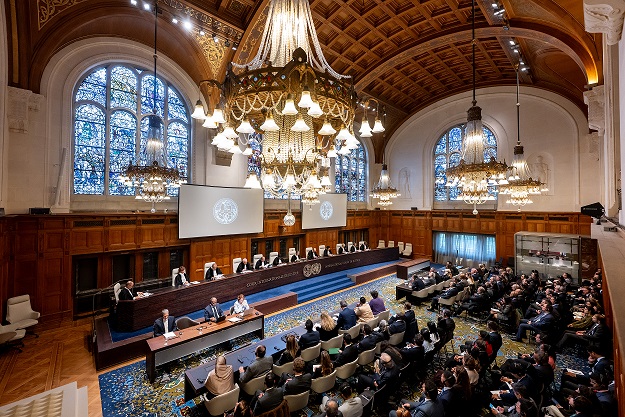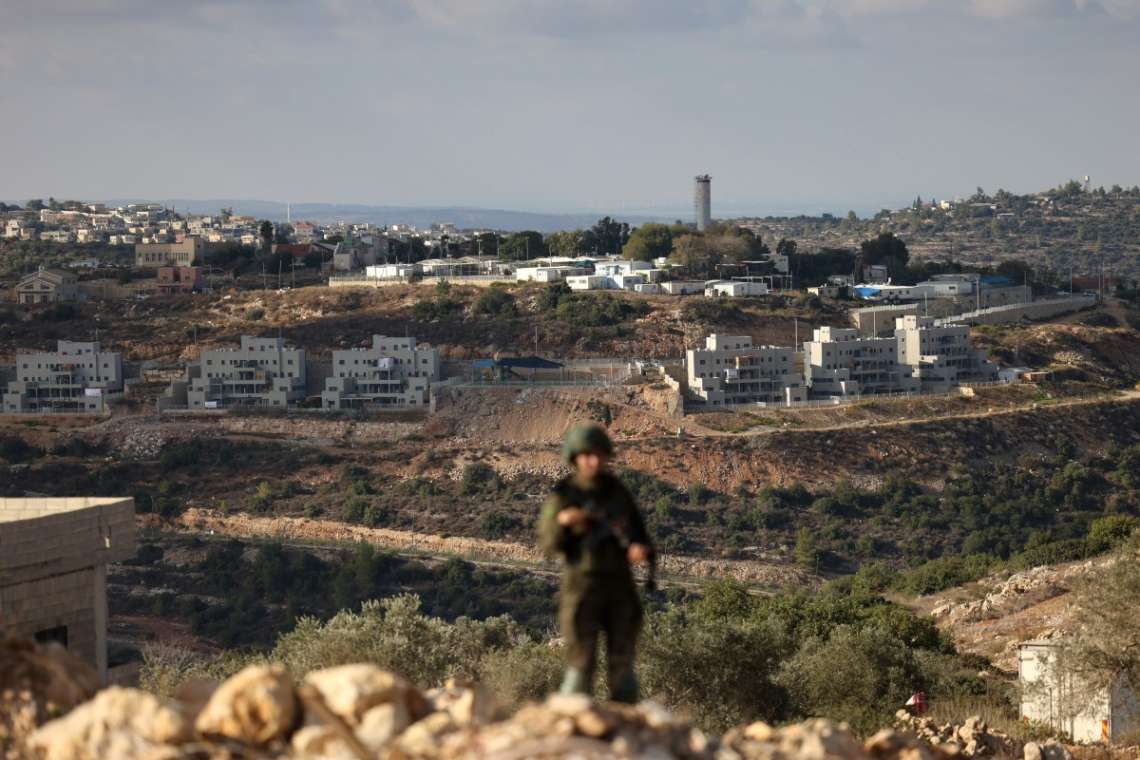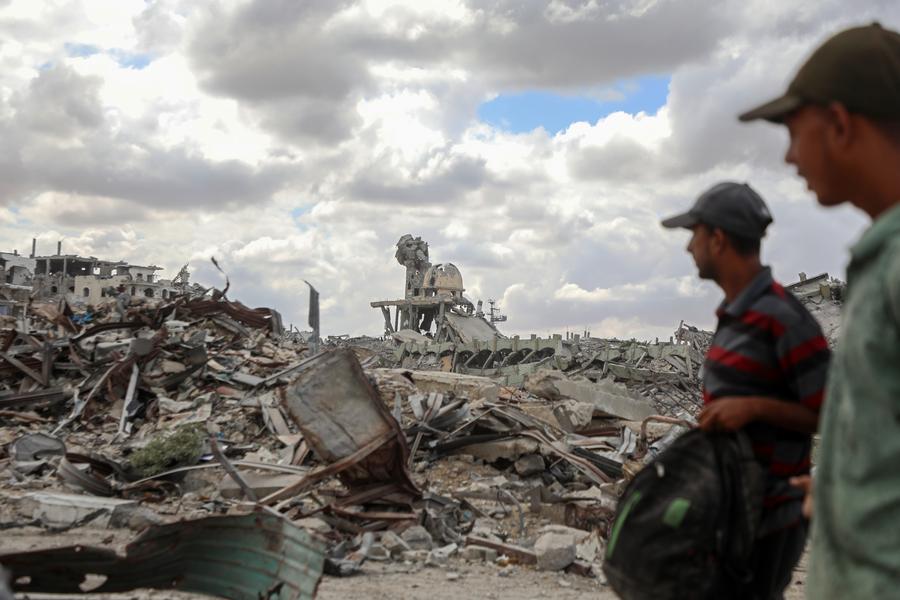Pakistan’s inability to heed China’s advice on boosting exports has plunged the nation into an economic quagmire. The failure to increase exports as a means to finance debt and investment-related obligations resulted in a debilitating current account deficit in 2018, necessitating a three-year IMF deal. This economic downturn underscores Pakistan’s inherent weaknesses, overshadowing any potential benefits from CPEC … writes Dr Sakariya Kareem
As the China-Pakistan Economic Corridor (CPEC) marks a decade since its announcement, the grand narrative of economic transformation and prosperity appears more like a mirage than a reality. While on the surface it all looks hunky dory, a closer look unveils the stark shortcomings and failures of CPEC, exposing a web of unmet promises, economic pitfalls, and strategic missteps.
CPEC’s first decade is characterised by unfulfilled promises and stagnant projects. Despite the hype surrounding the Belt and Road Initiative (BRI) and CPEC from 2013-2018, the realisation has been abysmally low. Incomplete projects, lingering since 2013, paint a picture of inertia and inefficiency, questioning the very foundations of CPEC’s commitment and viability.
The lofty commitment of $62 billion from China remains largely unrealised, with a mere $25 billion making its way into over 20 projects. The disproportionate gap between committed and actual investment starkly illustrates broken commitments on China’s part, leaving Pakistan to grapple with the consequences of a partnership marred by unmet expectations.
Pakistan’s inability to heed China’s advice on boosting exports has plunged the nation into an economic quagmire. The failure to increase exports as a means to finance debt and investment-related obligations resulted in a debilitating current account deficit in 2018, necessitating a three-year IMF deal. This economic downturn underscores Pakistan’s inherent weaknesses, overshadowing any potential benefits from CPEC.

The failure to establish functional Special Economic Zones (SEZs), a key component of CPEC, stands as a testament to Pakistan’s lack of capacity to implement $62 billion worth of projects. The function of a single operational SEZ, despite the commitment to nine, exposes the hollow nature of political posturing and the dearth of strategic vision within the Pakistani leadership. Out of the nine Special Economic Zones (SEZ) planned under the CPEC, the Allama Iqbal Industrial City (AIIC) is the only one where production has started.
The politicization of CPEC through the publicization of investment figures is a glaring misstep. The revelation that Pakistan disclosed billions of dollars in investment for political gains, contrary to China’s advice, raises questions about the sincerity of the partnership. This political manoeuvring not only deterred additional Chinese investment but also portrayed a skewed and potentially damaging image of Pakistan’s commitment to CPEC.
The politicization of the China-Pakistan Economic Corridor (CPEC) has proven to be a detrimental force, contributing significantly to its diminishing prospects. From its inception, CPEC was not conceived as a nationally endorsed venture but rather as a tool tightly aligned with the interests of the ruling government, particularly under Prime Minister Nawaz Sharif. This inherent political bias created a stark lack of consensus and bred scepticism among opposition parties, segments of the business community, and, significantly, the military. The transition to Prime Minister Imran Khan’s government in 2018 only exacerbated the issue, with China displaying a discernible wariness, a stark departure from the warmth it enjoyed during Sharif’s tenure. China’s disillusionment extended beyond leadership changes; it grew increasingly uneasy with CPEC’s overt entanglement in Pakistan’s volatile political landscape, shattering its previously assumed apolitical facade.
A comparative study with countries like Indonesia highlights a significant decline in Chinese investment in Pakistan. The revolving door of leadership, with four different prime ministers since 2013, has resulted in policy instability, eroding investor confidence. The inability to maintain a consistent policy framework has contributed to the loss of investor trust and confidence.
Pakistan’s economic meltdown, coupled with defaults on debt repayments to Chinese creditors, paints a bleak picture of the CPEC-induced financial crisis. With outstanding loans exceeding those from the World Bank and Asian Development Bank combined, Pakistan finds itself ensnared in a web of unsustainable debt. The recent floods further exacerbated the situation, revealing the fragility of CPEC-led projects. Of note, the outstanding debt of Pakistan to external creditors is close to $125 billion, with roughly a third owed to China.
The promised development of Gwadar touted as the connecting port for CPEC, remains unfulfilled. Basic facilities like drinking water and electricity are luxuries yet to be delivered. The resentment among locals, fueled by accusations of illegal land transfer to Chinese entities, poses a significant security threat. Balochistan’s insurgency, manifesting in attacks on Chinese citizens, underscores the failure to ensure a secure environment for CPEC projects.
China-Pakistan Economic Corridor (CPEC) took a precarious route marked by overt politicization, notably in the imprudent revelation and hyperbolic presentation of investment figures. Pakistan’s decision to defy China’s counsel against disclosing the substantial investment amounts epitomizes a short-sighted strategy that prioritized immediate political gains over the enduring success of the collaboration. This misguided move not only acted as a deterrent to potential Chinese investors due to inflated expectations but also cast a shadow on Pakistan’s commitment to CPEC, eroding the crucial trust necessary for the initiative’s triumph.
China’s refusal to expand cooperation in critical areas under CPEC exposes the strain on the once-vaunted China-Pakistan friendship. China’s economic slowdown and stringent conditions amplify Pakistan’s economic vulnerabilities. The reduction in funding, coupled with China’s changing stance, paints a grim picture of a partnership on the brink of unravelling, with far-reaching consequences for Pakistan’s economic stability.
The critical unmasking of CPEC reveals a narrative of broken promises, economic mismanagement, and a strategic alliance teetering on the edge. Pakistan’s inability to leverage CPEC for economic growth, coupled with internal challenges and political manoeuvring, has led to a partnership that falls far short of its lofty promises. This analysis calls for a stark reassessment of CPEC’s viability, urging both nations to acknowledge the flaws in their ambitious venture. The economic vulnerabilities and geopolitical sensitivities of Pakistan demand a more pragmatic and sustainable approach, steering clear of the mirage that CPEC has become.



